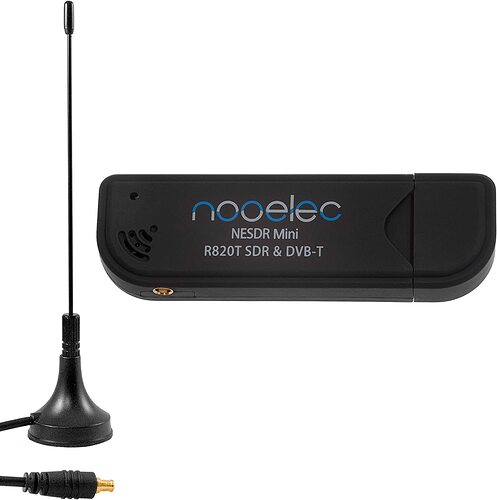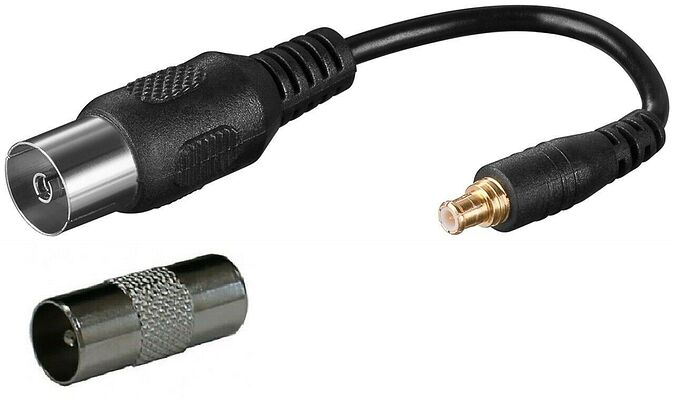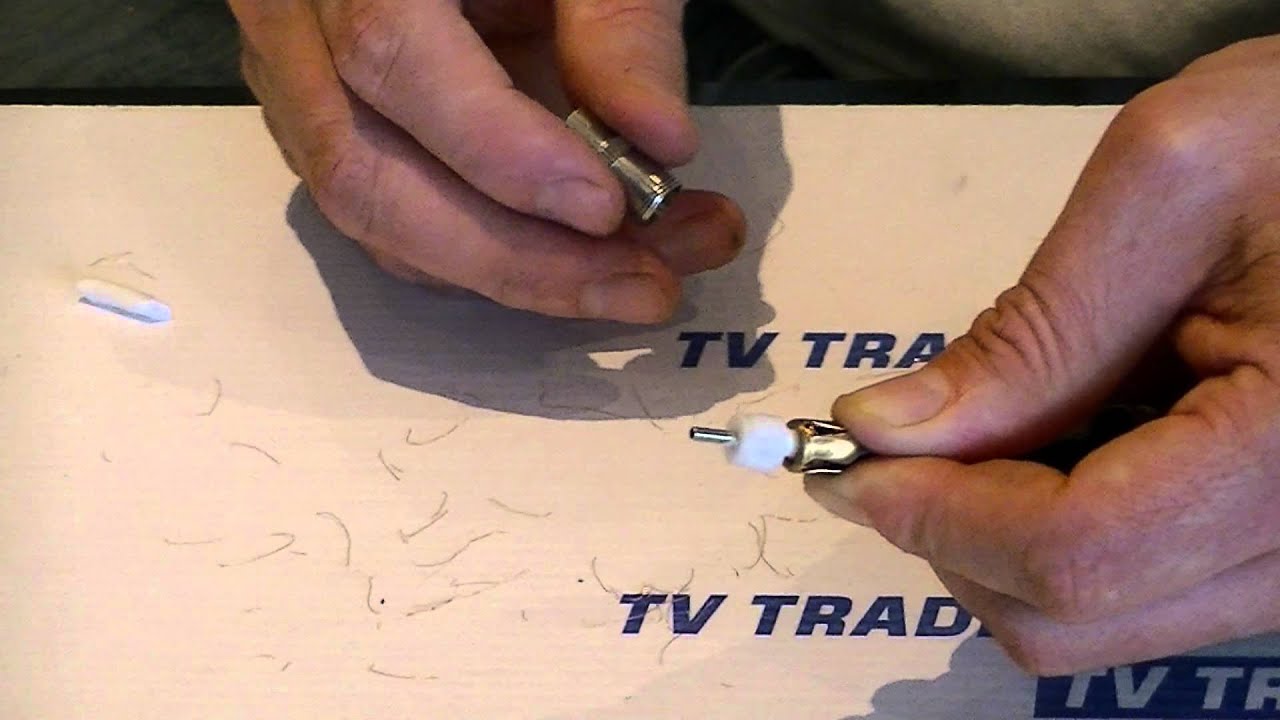I also discovered today that a larger jar of JIF Peanut Butter will perfectly house a cantenna.
Curios what was the RPI temperature during summer and winter with cooler? Debating to keep mine in the attic or bring back inside.
Curious to ask- would a spray painted cantenna affect it’s ability to receive signal?
No, provided it is a non-metallic paint.
(Metallic paint most likely will cause short-cuircuit of whip and can)
I decided to field test my cantenna. This morning, I set it up in my back yard. As you can tell from the photos, I spared no expense to meet structural and aesthetic integrity. All completely improvised too. ![]() I plan to leave the antenna up for the rest of the day to see how stats will change.
I plan to leave the antenna up for the rest of the day to see how stats will change.
Takeaways so far:
- Aircraft message rates stay consistently >100 messages per second, vs the 30-40 messages per second when this set up is indoors.
- Detection range has increased to well beyond 100 nautical miles (very lucky to have traffic that stays on screen at 100 nm when indoors)
- Significant increase in the number of aircraft visible
- Reduction in the amount of local traffic (though this could be a result of the remnants of Hurricane Zeta passing through the western portion of my state. Winds are gusting in the 20s here at local airports, which affects GA).
- Stats page already showing increase in data
- Out of the two sites that I have, this outdoor installation (orange line) is starting to exceed the number of aircraft reported compared to my other site, which consistently has higher numbers, despite the antenna being indoors (blue line)
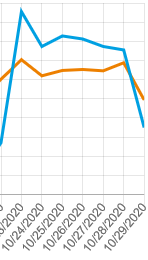
I think the most expensive thing in all this set up was the pigtail connector from the coax to the dongle. Still blows my mind how such a cheap assembly can detect something hundreds of miles away, 7 miles high.
Hi,
Recently set up PiZero running a simple SDR_RTL dongle. Running dump1090-FA and TAR, @wiedehopf scripts very useful for someone who really didn’t know what to do! Just with the basic stock antenna:
(sorry only allowed one picture embedded)
Anyway’s I was really impressed by ranges this was getting… the idea of picking aircraft at 70nm or so with this. So as is the case you look to make it better after a week or so. Hence this was the guide that came up looking to improve ADB-S range. Thought that the DIY cable tie spidery one looked do-able (@abcd567), we had spare coaxial UK TV cable and grabbed a adapter:
and built it, putting outer legs (ground plane?) in contact with outer sheath of wire (silver bit). The coax cable ~0.75m, with bit extra as we figured this was first attempt so can lose a bit of length.
(AGH picture below sorry!)
I think we made it worse! Comparing flights we got “easily” before we cannot pick-up. What did I mess up, does gain change?
This graph is from when I changed it over, noticed over few hours that we’d miss ones we’d get previously and less positional messages: Notice jump =)
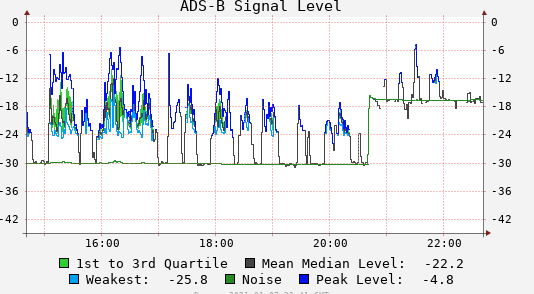
Please correct me if wrong with this: Noise, less = better. Noise determined in part by gain set in software, and other is reciever (should better reciever reduce noise levels?). Useful info is delta between signal and noise. With my basic setup you what max (-10) setting.
Cheers all.
Your dongle and its antenna
Your wrong connector
Correct connector in which Spider’s coax should be terminated: TV Aerial Coax Cable Male Plug
https://www.ebay.co.uk/itm/332771158069

It’s coax and adapter that are not meant for 1090 MHz even short runs and the adapters will have significant loss of signal.
Not sure how much that is the problem or if it’s another problem.
Maybe provide a picture of how the coax goes into the adapter and SDR.
See abcds post above it is kinda critical how the signal is handled.
Thanks both,
Here are some more pictures: Imgur: The magic of the Internet
@abcd567 Thanks for videos, I picked a cable with a pre-wired end, knowing I’d probably mess something up with the connector! (good reference though for later)
@wiedehopf So coax is maybe 0.75m and I could make much shorter if nesessary. Adapter is from ebay, is there a way to check its quality? I’m assuming any resistance in cables/adapter is bad for reception.
Bonus graphs (now 48hr):
Attenuation ![]()
High frequency behaves very different from the DC and AC power you may be used to.
You can’t really test this.
It might also be noise feeding back into the system if you don’t place the antenna above the rest of the system.
HDMI cables are often a source of interference if you have any near by.
As i said make some pictures of how you connected the coax to the adapter and stuff … that’s likely where the biggest issue is as abcd has suggested.
@wiedehopf Did the imgur link work? Should have 3 photos in gallery. Any more that would be useful?
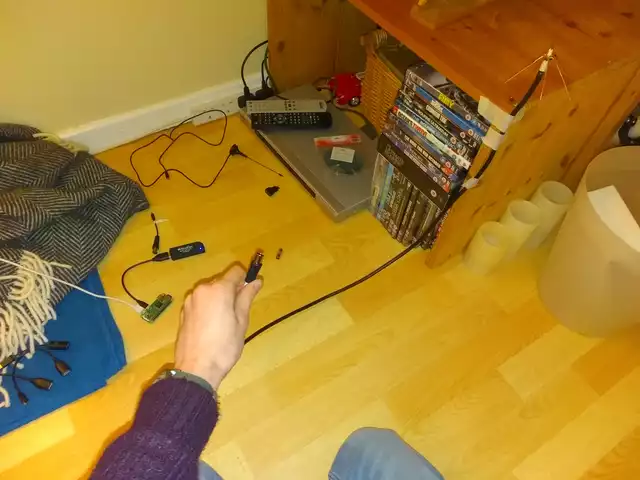
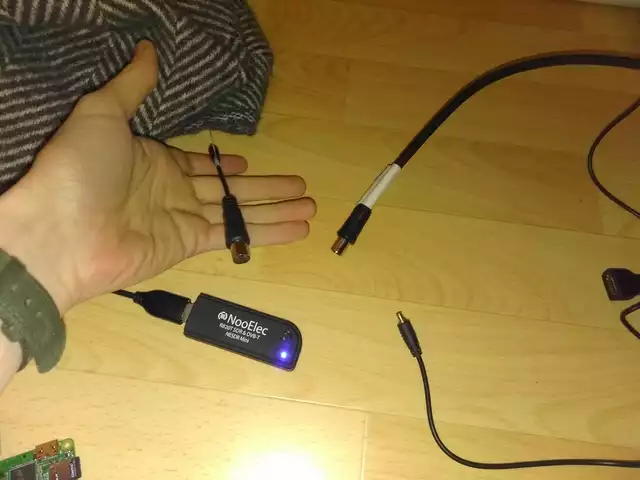
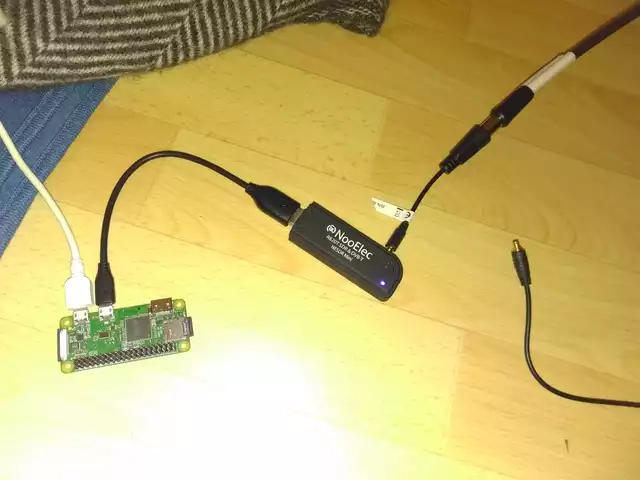
I didn’t notice properly, my bad.
I’d say the new antenna is worse because it’s picking up interference from your TV or another device.
Could you relocate the whole setup away from there and put the antenna in a window or even better the attic?
The connector on that coax isn’t good but shouldn’t be that bad ![]()
Could also be that the adapter you got is just really bad quality … impossible to say.
(but the interference stuff can be mostly excluded by changing location)
You might be better off improving the whip antenna and thus avoiding any adapters.
If you’re adventurous you could try this: Mag Mount Antenna's Whip Replaced By V-Stub Wire Collinear
Otherwise just the normal can under the mag base and cut the whip as described here:
How to improve performance of whip antenna of DVB-T
Can do, just out of interest the old antenna, the one that came with the dongle, was sitting on the bench right where the current one is (metal screw useful for base). The whole setup is in the attic, just a slightly more insulated one!
See my edit to my last post.
You should still try to move it away from other electronics if possible.
I suppose if it was in the same location … maybe the adapter is the issue hard to say.
Try and make an improved whip and compare both antennas.
An improved whip might be the better way to go given your materials.
I do not recommend this for a novice as it requires tuning (adjusting length of upper wire to sweet point). This is not so easy for a novice who does not have a vna or swr meter. However if he wants to adventure, he can try it, no harm. He can always remove the custom whip and screw back the original whip.
Unscrew the whip from magnetic base, and make a custom whip.
Use thin wire like one of many wires in a scrap network cable.
If one is not wiling to cut the whip (as it is irreversible), he can unscrew it and use a wire of required length in it’s place. One can use thin steel tie wire as in the first photo below, or one of the multiple wires of a scrap network cable(second photo below)
The wire can be made of steel, copper, brass, or aluminum. Important thing is the wire should be thin so that it’s few turns can be easily wound on threaded stub of magnetic base.








